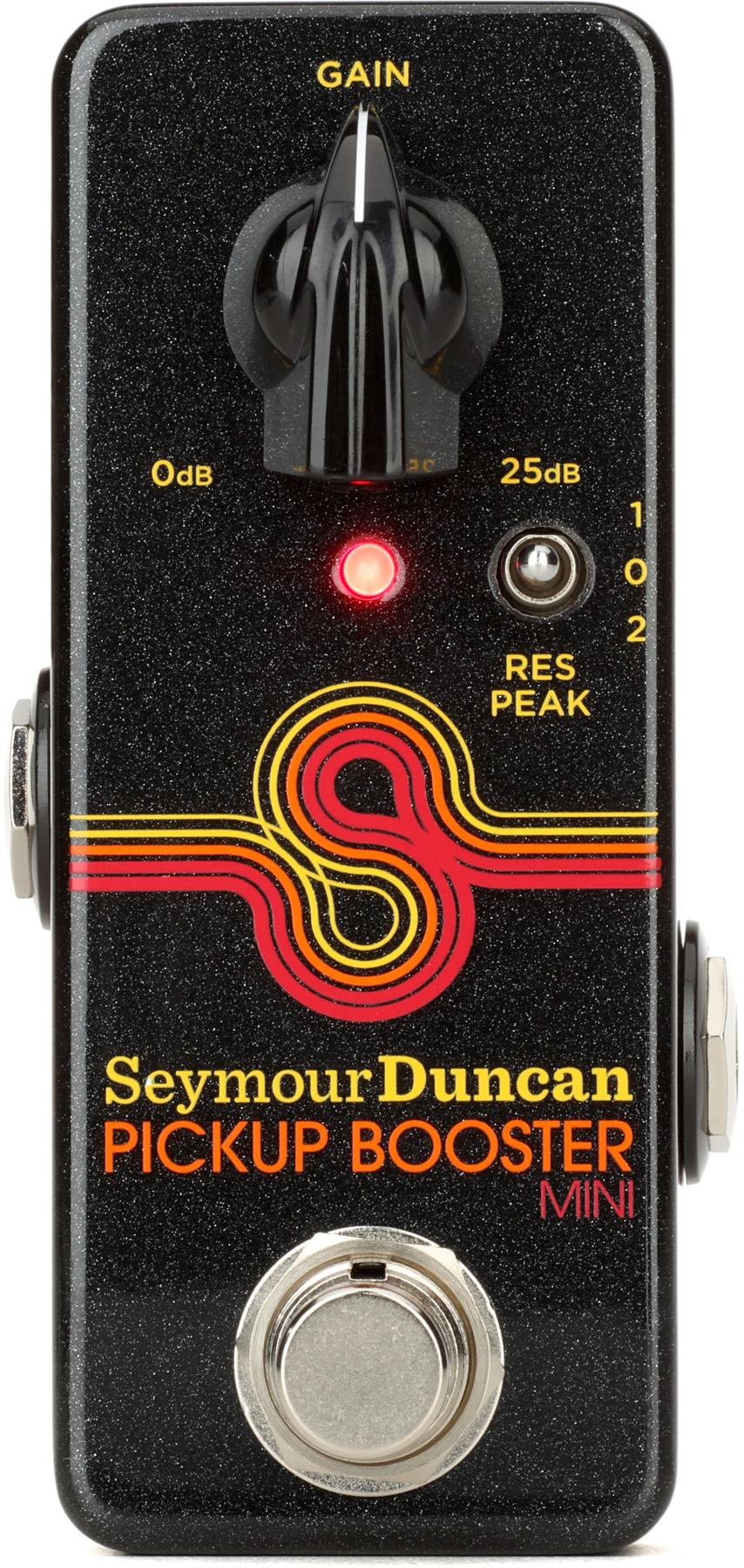Let’s jump right in and pick up where we left off last month. You may recall that we were dealing last month with a shorted coil, one where some of the internal coil windings were shorted to one or more of the magnets. We stated that in this situation, if you wanted to reverse the phase of the coil, then you’d have a problem. The reason is that the typical method of reversing the coil’s phase is to flip the hot and ground leads, but doing so with a coil whose windings are shorted to the magnets would result in hum whenever your hand comes into contact with the shorted magnets.
So let’s say that you have three Strat pickups of dubious provenance, and you suspect that they’re from at least two – maybe three – different manufacturers. You might be tempted to use them in your next Strat project anyway, assuming that if one of them is out of phase with the other two, then you can simply reverse its leads. But as we’ve seen, if it’s of vintage construction, and if the coil windings are internally shorted, then this might not be an option after all. What to do? Buy another pickup, my friend.
And there are other types of pickups where reversing the leads is a problem, but for other reasons. Take vintage-style Tele pickups, for instance. If you have two Tele pickups that are out of phase with each other, then you may also have a problem flipping the leads on one of them. The reason is that the Tele’s bridge pickup has a metal baseplate on its bottom that is connected to ground via the pickup’s black wire; the Tele’s neck pickup typically has a metal cover on it that is connected to ground – also via the pickup’s black wire. You can see in the diagram that the little jumper is connected to one of the cover’s metal tabs.
So what to do? Well, the simplest thing to do in this scenario would be to reverse the neck pickup’s leads, but you’d have to add a separate ground to the cover. You would simply snip the little jumper wire shown in the diagram and replace it with a separate piece of wire, attaching one end of the wire to the cover’s tab, and the other end to a convenient ground point, such as the back of a pot.
And the really good news is that because the Tele neck pickup has a cover, even if the coil is internally shorted to the magnets, your hand cannot come into contact with them, so there’s no hum to be had from the human touching the magnets. A good thing indeed.
Of course, we haven’t even touched on hum-canceling yet which throws a whole new wrench into the works. Actually, this is an important topic; it is in fact an integral part of this very discussion, so we’ll get to it, but not today.
Continuing, if the Tele pickups are out of phase with each other, then it’s probably a simple matter to reverse the leads on the neck pickup, even if the coil is shorted to the magnets. But the Strat player has no such simple fix. But wait, here’s an idea; maybe the shorted, out-of-phase coil cannot have its leads reversed. But maybe the other two can! See? We just have to be flexible.
But let’s not waste any more time, we need to give you a solution here, a way to check all of this out before you install the pickups and start discovering problems, and for that we need a multimeter.
A multimeter is something every guitar player should consider purchasing. You can get a cheap one for $10 at Radio Shack, and a good one for $50 and up. You can use it to check circuits, speakers, pickups, batteries, and lots of other stuff. We would use it in our current situation to check for continuity between the Strat pickups’ magnets and coil.
And there we are, off on another tangent, and out of time. Next month, we’ll use a multimeter to find shorts in pickups and to determine pickup phasing, and we’ll cancel some hum. Until then, amigo.
George Ellison
Founder, Acme Guitar Works
acmeguitarworks.com
george@acmeguitarworks.com
302-836-5301









![Rig Rundown: Russian Circles’ Mike Sullivan [2025]](https://www.premierguitar.com/media-library/youtube.jpg?id=62303631&width=1245&height=700&quality=70&coordinates=0%2C0%2C0%2C0)











